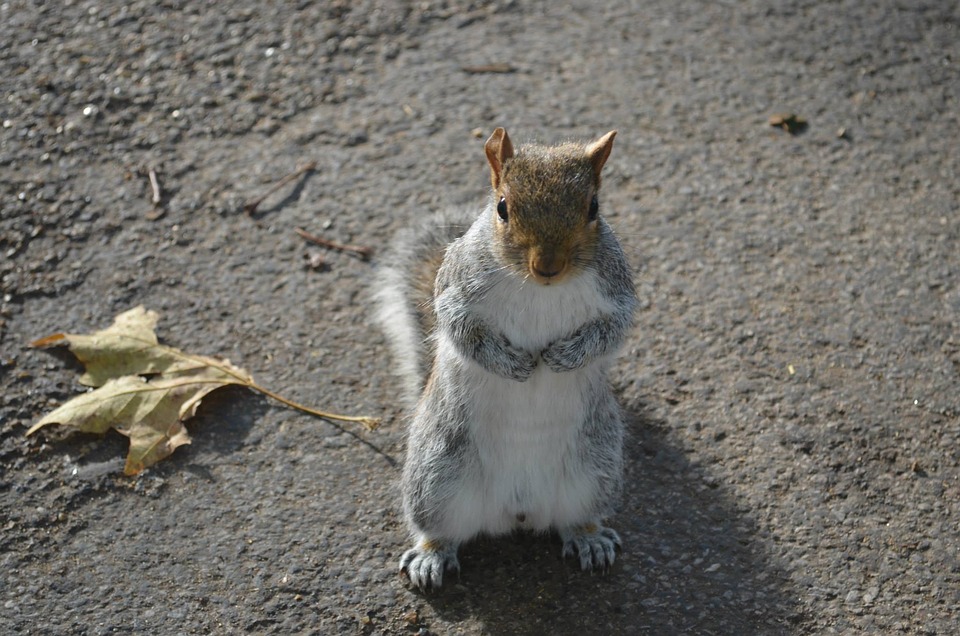Royal Parks
Every year a series of culls of healthy animals are carried out across London’s Royal Parks. This includes Hyde Park and Kensington Gardens, St James's Park, The Green Park, Regent's Park and Primrose Hill, Greenwich Park, Richmond Park and Bushy Park.

Every year a series of culls of healthy animals are carried out across London’s Royal Parks. This includes Hyde Park and Kensington Gardens, St James’s Park, The Green Park, Regent’s Park and Primrose Hill, Greenwich Park, Richmond Park and Bushy Park.
Many people enjoy visiting these parks in an effort to reconnect with nature and wildlife. However, a series of Freedom of Information (FOI) requests have revealed the outrageous extent of the culling of animals across the Royal Parks, undertaken by Park authorities.
These figures include 3,679 squirrels, 330 foxes, 2,657 rabbits, and 1,734 red and fallow deer. They also include 1,221 crows, 268 geese, 382 magpies, 46 jays, 1,025 pigeons, and 298 parakeets.
More in-depth figures between 2013-2017 are available here.
View more in-depth culling figuresFurther FOI requests have found that the Park authorities do not undertake auditing of all animals – only deer. When asked which alternative methods are used before culling is adopted, the Parks responded by saying that they ensure food waste is removed to prevent rat and mice ‘infestations’, and to remove food sources from magpies, squirrels and foxes. However, despite removing food sources being a key method of deterring wildlife, it doesn’t address other issues such as members of the public feeding squirrels – encouraging them to continue to forage for food and resulting in population increases.
When a fox or family of foxes is culled, new foxes will take over that area. The Royal Parks’ policy of culling foxes – 330 in five years – is not only cruel, but pointless, and seems to have resulted in an endless cycle of trapping and killing. It is also contrary to the policies of all London councils – none of whom use lethal fox control, and instead opt for humane methods of deterrence such as reducing food availability, using noise repellents and contacting humane wildlife deterrence experts.
The same can be said for pigeons, as has been documented in places where pigeons are culled. When pigeons are culled, the population will initially reduce, but this effect is only short-term as the birds will quickly be replaced by other birds. This is because pigeons naturally control their own numbers according to the availability of food.
Other animals such as squirrels, rabbits, geese and parakeets can also be deterred humanely – and other measures can be adopted to reduce their population, without causing them harm or resorting to killing them.
We call upon the Royal Parks to end this senseless slaughter of wildlife. A previous petition has reached almost 140,000 signatures, but The Royal Parks have failed to act.